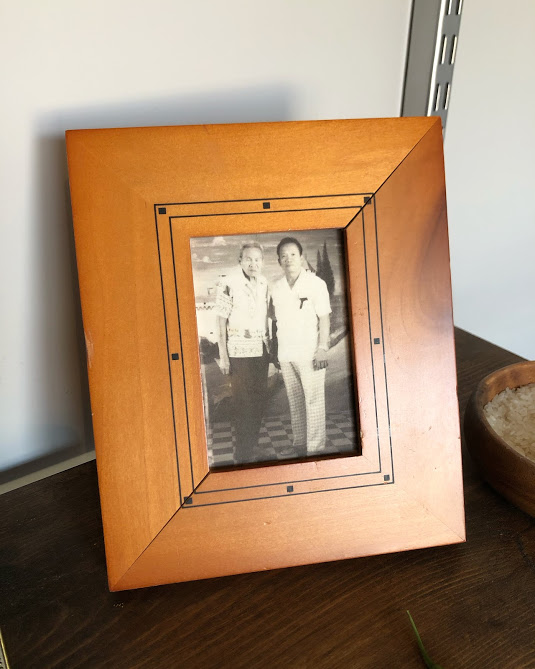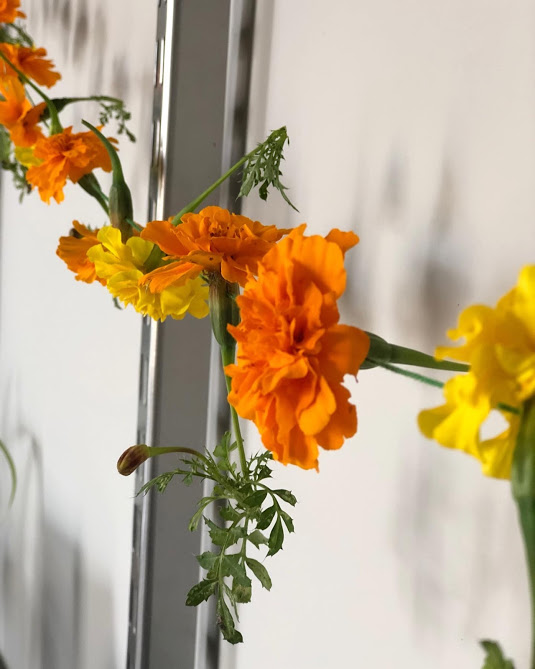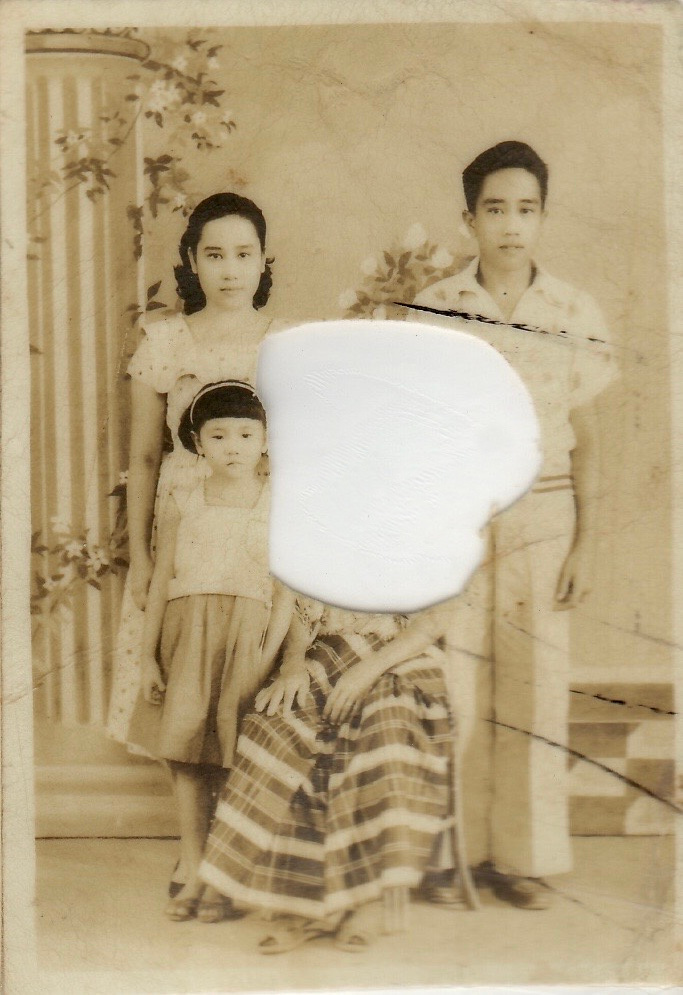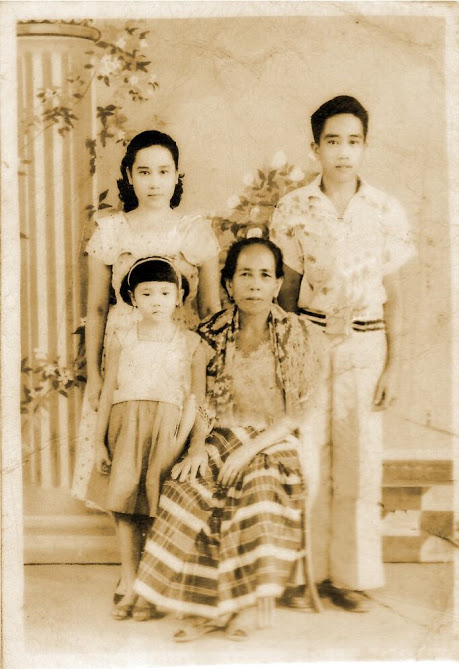A few years ago (before I had discovered my passion for family history), I was thinking about Halloween and wondering if there was more meaning behind it. I learned a little bit about Day of the Dead but didn’t know how to celebrate it. This year, I was inspired by @flora_familiar and decided that I was going to celebrate even though I don’t have Mexican heritage.
But then, as I have been learning more about our Filipino side, I discovered that Day of the Dead is celebrated in the Philippines as well! It is called Araw ng mga Patay (in Tagalog). Day of the Dead is the 3rd most important and celebrated holiday in the Philippines (behind Christmas and Easter).
My father-in-law grew up in the Philippines and told me that they always celebrated Day of the Dead. This is what he said…
“Our dead were all buried in Pangasinan when I was younger. None of our relatives were buried in Manila. And so we take the long bus ride to the province about 10 hours then. We left early in morning and arrive late evening. In the morning we all hike up to the cemetery with our days supply of food. Sometimes we stayed overnight in the cemetery. The priest would come and sprinkle holy water to the graves and we give monetary donation. There were always lots of food locally prepared. There is a river near our home and we played in the river after coming from the cemetery. We brought lots of candles to last for the entire evening. It was more of a family reunion and celebration.” When I asked him if there were specific foods that they always ate, he said “Yes we always had suman a traditional rice cake wrapped in coconut leaves and banana leaves. We also had panutsa a caramel block of candy. We also had rice cooked inside a bamboo tube through steaming. This was my favorite. We dipped the rice in sugar. We also drink lots of strong coffee and local chocolate to keep us awake all night. And we used mosquito coils to keep mosquitoes off.”
I loved learning more details about how Day of the Dead is celebrated in the Philippines.
I made an ofrenda/display for our Filipino ancestors…the ones that I have photos of at least. I included photos of Jershon’s parental grandparents (Guillermo and Sofia), his maternal grandparents (Salvador and Purificacion), his maternal grandfather’s father (Felipe) and his maternal grandmother’s mother (Margarita).

On the ofrenda, I included a large wooden fork and spoon, a bowl of rice, and an oyster shell Carabao (water buffalo). The fork and spoon because those are found almost in every Filipino home as a wall decoration. They remind the family of good fortune to be blessed with food on the table. The rice because what Filipino doesn’t love rice? Haha. And the Carabao because they are special, loved, and useful animals in the Philippines.






Marigolds are also part of our ofrenda because they symbolize the connection between the living and the dead.


The most important items on our ofrenda are a painting of Jesus Christ, and a statue of the Nauvoo Temple. It is through the Atonement of Jesus Christ and His priesthood power that we are able to be sealed in the temple, to be together forever as families. It is because of the gospel of Jesus Christ that we can be reunited with our loved ones that have crossed over to the other side of the veil. I am grateful for that knowledge in my life and I look forward to the joyous reunion when we will get to see our ancestors again, and meet many of them for the first time, face to face.

Several years ago, I digitized some photos of my husband as a kid and a few of his parents and grandparents. I have looked through them a bit over the years, but not a ton. Well, the other day when I was putting our Day of the Dead ofrenda together, I was looking through those photos and picking some to print out. We don’t have very much information about Jershon’s ancestors, and we only have names (let alone stories and photos) up until his great-great grandparents (and there are holes with no names in that generation as well). Luckily, we do have a few photos of his grandparents.
As I was looking through the photos that I have, I found this photo that I had never noticed before.

I recognized the older girl in the photo. That is Jershon’s maternal grandmother, Purificacion (her nickname was Puring). So I figured that the woman that was missing from the photo must be Jershon’s great grandmother, Margarita. I had never seen any photos of her before, and here, where she was supposed to be…was a hole. I felt a deep sadness to know that she was there, but I was not able to see her face. I wanted to know what she looked like.
I texted the photo to my in-laws and luckily they have the missing piece! It had been cut out and put in a baby book.

When they texted me a photo of the piece and I saw Margarita’s face for the first time, I was overcome with joy. She is not my blood relative, but because I am sealed to Jershon, she is a literal part of my family now. I felt a connection to her in that moment when I got to see what she looked like. I felt a desire to know her and an excitement for when we will get to meet face to face someday.
I did my best to edit her back into the missing spot in the photo… to reunite her with her children in that photo. It felt very symbolic and made me so grateful for the gospel of Jesus Christ and for temple ordinances that make it possible to be reunited with our families forever.



This is beautiful! Thank you for sharing. I am learning more about my culture and after watching Coco I was surprised to learn that it is also a part of Filipino culture. Salamat at ingat po kayo!
I’m so glad you enjoyed this post! Do you have Filipino heritage?